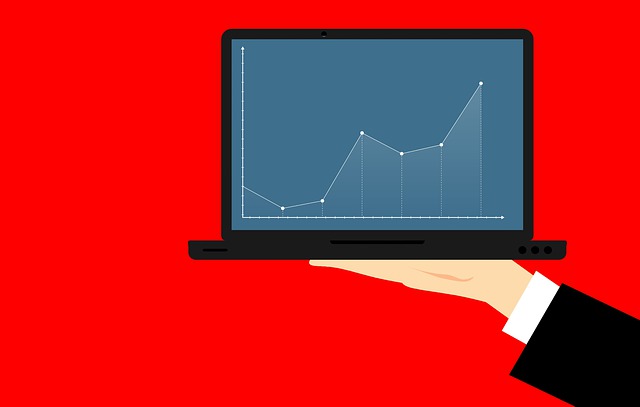
Key Performance Indicators (KPIs) for Small Business: What to Track and Why
 What key performance indicators (KPIs) do you use to track for your small business? KPIs offer insight into your small business’s performance. They are metrics that, in some way, reveal how well or poorly your small business is performing. By tracking the right KPIs, you can optimize your small business’s operations for greater success.
What key performance indicators (KPIs) do you use to track for your small business? KPIs offer insight into your small business’s performance. They are metrics that, in some way, reveal how well or poorly your small business is performing. By tracking the right KPIs, you can optimize your small business’s operations for greater success.
Customer Acquisition Cost
Customer acquisition cost is a KPI for the average cost of acquiring new customers. The lower your small business’s customer acquisition cost, the better. If you spend $10,000 on marketing and advertising and attract 1,000 new customers, your small business’s customer acquisition cost would be $10.
Revenue Growth Rate
Revenue growth rate is a KPI for the rate at which your small business’s revenue increases. It’s commonly used in accounting. Expressed as a percentage, revenue growth rate reveals the month-over-month increase in your small business’s revenue.
Customer Lifetime Value
Not to be confused with customer acquisition cost, customer lifetime value is a KPI for the average revenue generated by a typical customer during his or her relationship with your small business. Some customers will make more purchases than others. If your small business has strong customer loyalty — and its customers make multiple purchases — you can expect a high customer lifetime value.
Gross Profit Margin
One of the most important KPIs for small businesses is gross profit margin. It represents the percentage of revenue generated by your small businesses minus your small business’s cost of goods sold (COGS) during that same period. A high gross profit margin is a sign of a strong business model.
Inventory Turnover Rate
Inventory turnover rate is a KPI for how quickly your small business sells its inventory and replaces it with new stock. You should aim for a fast inventory turnover rate. A fast or low inventory turnover rate means your small business is able to quickly sell its inventory and replace it with new stock, thus beginning the sales cycle again.
Net Promoter Score
You may want to track Net Promoter Score as a KPI as well. It’s a score-based system that measures customer satisfaction. You can send your small business’s customers a simple post-purchase survey asking them to rate their experience on a scale from one to 10. Using these answers, you can then calculate a Net Promoter Score for your small business.
Have anything else that you’d like to add? Let us know in the comments section below!
